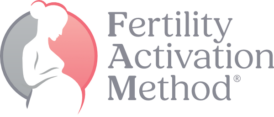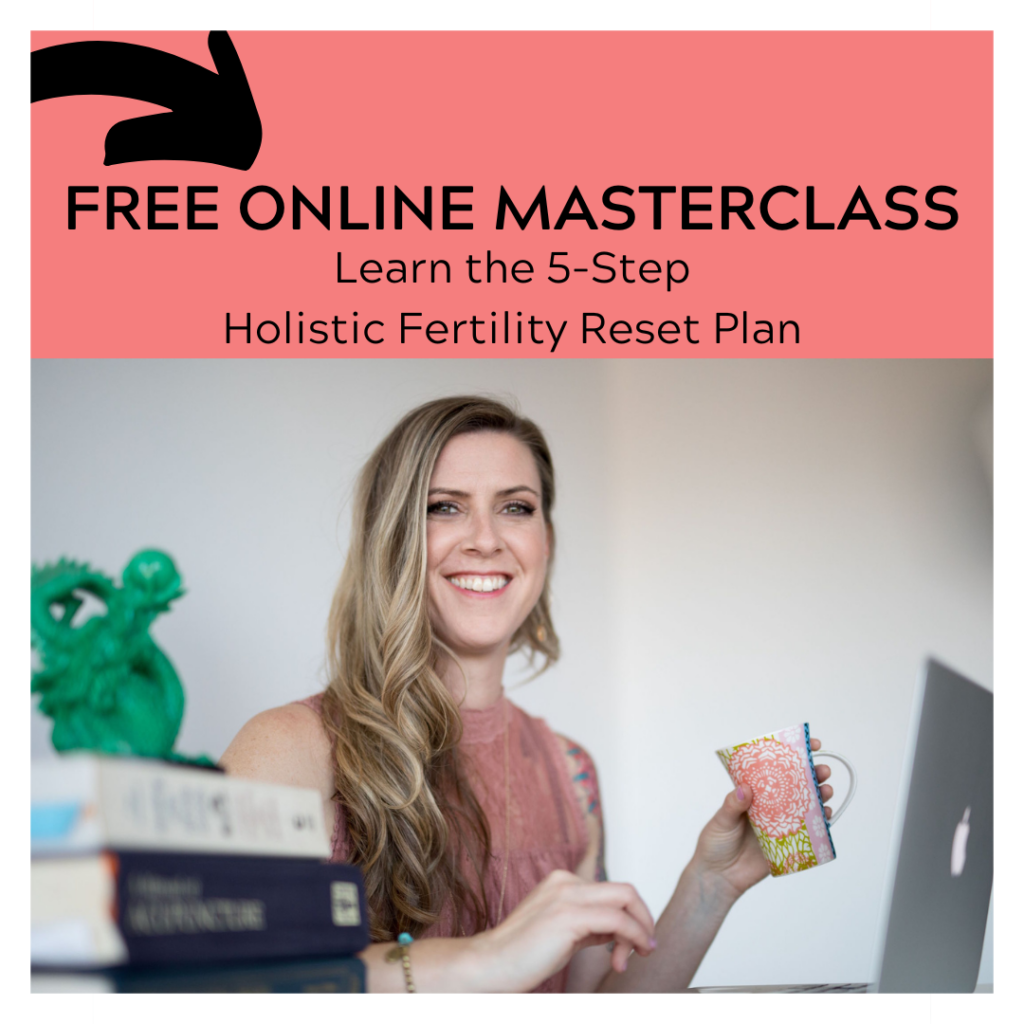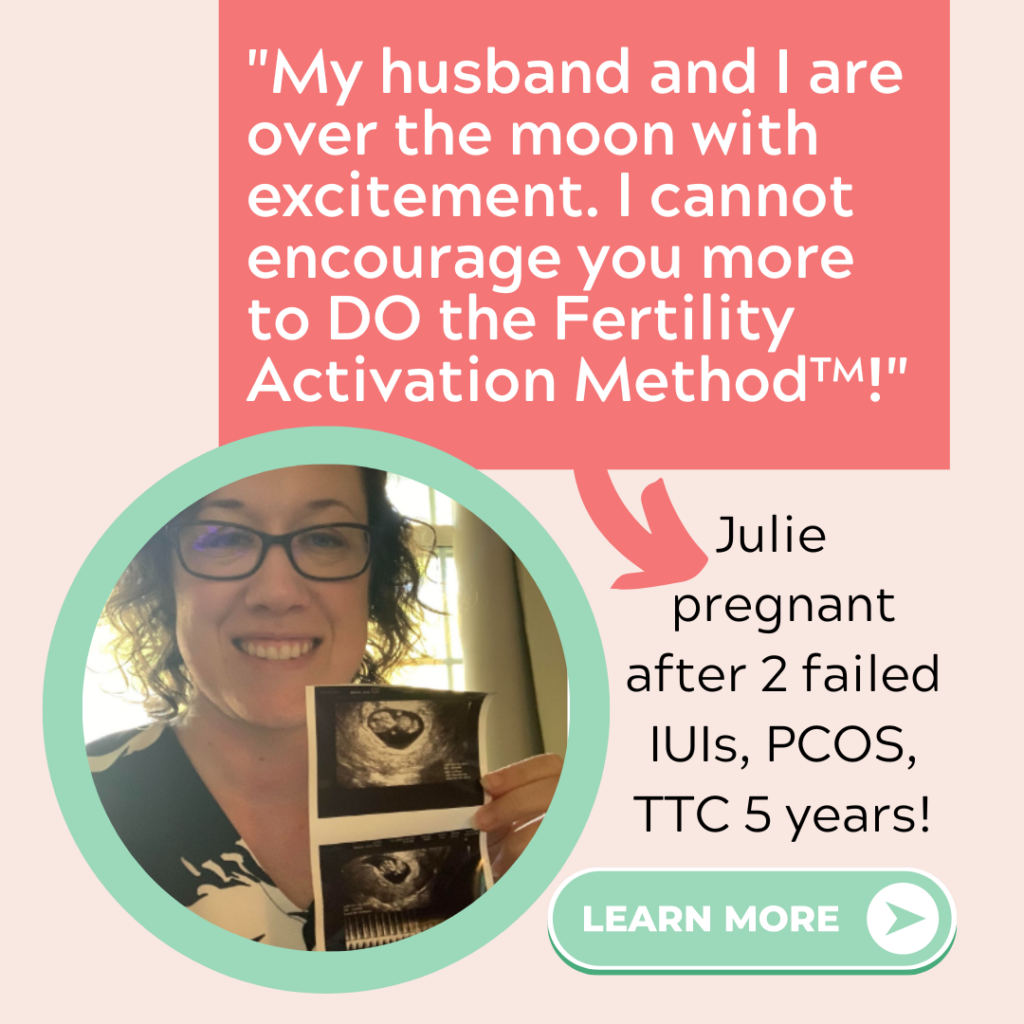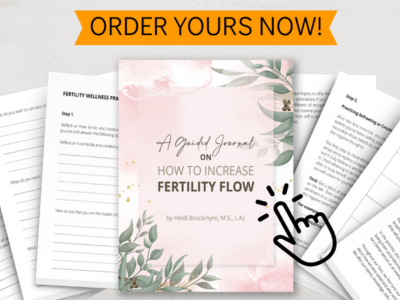
WANNA GRAB MY
FREE & SIMPLE
FERTILITY ACTIVATION CHECKLIST?
Follow these simple steps & get pregnant the easier, healthier & more affordable way!

WANNA GRAB MY FREE & SIMPLE FERTILITY ACTIVATION CHECKLIST?
Follow these simple steps & get pregnant the easier, healthier & more affordable way!
How can you help implantation and get pregnant with tube socks, chai tea and carved stones?
Whether you’re doing an IVF, FET cycle or trying to get pregnant naturally, implantation is the most crucial step in the process.
Instead of standing by idly waiting for a fertilized embryo to implant, you probably want to know, “How can I help implantation?”
6 ways you can help implantation to get pregnant naturally or have a successful embryo transfer…
1.) Increase your uterine lining
To best support the entire process of conception, it’s important to build a healthy uterine lining first. With a thicker uterine lining and excellent blood flow, an embryo is more likely to attach.
This takes preparation. Eating healthy nourishing foods, getting enough rest and learning pressure point activation to increase your lining can effectively help to build your healthy lining. For more tips, read my post How to Increase your lining in 48 Hours or Less.
2.) Eat nourishing soups and stews
When it comes time for your little embryo to implant, the importance of eating nourishing foods cannot go underestimated. Soups and stews are warming and easily digested. They energize your body so that it’s strong enough to support implantation.
I also recommend drinking a daily cup of this bone broth recipe to support egg quality, a healthy uterine lining, implantation and pregnancy. While I include a more comprehensive dietary guide and meal plan in the Fertility Activation Method™, this recipe will significantly begin to support your fertility and implantation.
3.) Drink Warm Tea
Teas are also an excellent way to support healthy digestion. Your digestive system is the foundation of your fertility. If your digestive system is struggling, you may be more prone to miscarrying. When your digestion is healthy and strong, it can support implantation and pregnancy. In Chinese medicine, cold and raw foods can weaken digestion. Eating warm, easily digestible foods and drinking room temperature or warm teas help keep your digestion strong.
Internal warmth is also important for proper blood circulation and to stimulate the release of progesterone, the hormone that supports implantation and the continuous thickening of your lining after implantation occurs.
I recommend ginger tea, peppermint tea and teas that aid digestion. Organic decaffeinated chai tea is another delicious choice. Try this yummy Golden Turmeric Tea or one of my 3 favorite fertility teas.
4.) Keep your feet warm
It’s also important to keep your little footsies warm! Wear cozy fuzzy socks and avoid flip flops. Don’t walk around your house in bare feet. Pressure point meridians that circulate to the reproductive organs begin in the feet.
If your feet are cold, it can block circulation to your ovaries and uterus, according to Chinese medical wisdom. In fact, that’s why women are 30% more likely to orgasm when wearing socks. I recommend cute knee-high tube socks in the bedroom for a sexier look than old man ankle socks. After all, implantation can’t happen without fertilization.
To learn more, read this post: Is your uterus too cold to conceive?
5.) Practice the right kind of exercise
Avoid high impact exercise like running and straining activities like weight lifting. High impact exercise causes a down-bearing force on the uterus, which can affect uterine alignment and make your uterine walls weaker.
In Chinese medicine, it’s important to create a lifting energy in the uterus to retain the embryo. I teach women how to do fertility qigong exercises in the Fertility Activation Method™ because not only does it safely provide all the benefits of exercise, it also enhances your fertility by strategically guiding energy to your reproductive organs. You can learn more about fertility qigong here.
You can also go here to learn about my recommendations for safely exercising when trying to conceive.
6.) Do fertility pressure point therapy at home
Stimulating specific pressure points, like the research-based protocols I teach in the Fertility Activation Method™ , has been proven in studies* to increase implantation by at least 20%, as well as increase live birth rates.
Whether you’re stimulating pressure points with your fingers or by needles during an acupuncture treatment, the effect is similar. Studies* have also concluded that the frequency and consistency of the point stimulation most influences the outcome. That’s why I teach my clients how to stimulate these points themselves at home on a daily basis to help implantation, egg quality and ovulation.
Pressure point therapy (aka acupressure) is applying pressure with your fingers to specific trigger points on your body which improves circulation to balance your whole health and fertility.
When the ancient Chinese first discovered the pressure point meridians, they didn’t have stainless steel needles. They carved rocks into arrowheads and stimulated the points with them.
In other words, the pressure points can be activated with your fingers, stones, needles, magnets, lasers and qigong exercises. Try my quick but powerful acupressure point demo to support a regular cycle and egg quality.
Ready to dive deeper into supporting fertility with an ancient holistic method?
Want to save tens of thousands of dollars by avoiding expensive, painful conventional fertility treatments?
Then join my FREE masterclass to learn the #1 thing you should do right not to get pregnant right now.
In this training, you’ll learn:
- Why you should take back control before jumping into IVF
- How you can double your changes of conceiving naturally
- The 3 REAL reasons you’re not getting pregnant
- 5 simple steps to holistically reset your fertility at home







